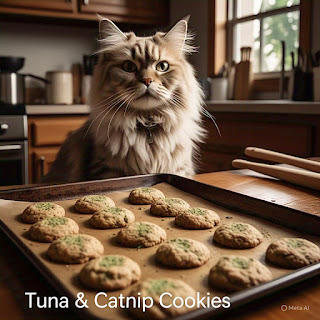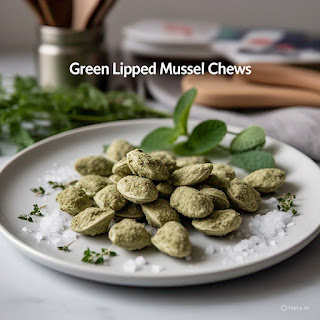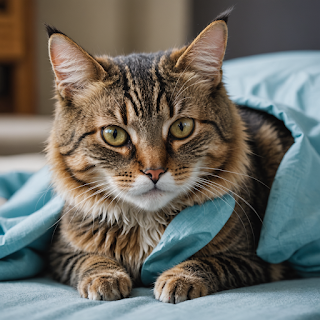When it comes to luxury pets, few animals command as much awe—or as steep a price tag—as the Ashera cat. With prices soaring up to $125,000 or more, this feline is often dubbed the “Rolls Royce of cats.” But what exactly justifies such an eye-watering cost? From controversy to exclusivity, let’s unravel why the Ashera holds its crown as the world’s most expensive cat breed.
1. The Allure of Exotic Hybrid Origins
The Ashera was introduced in 2007 by Lifestyle Pets, a company claiming it was a groundbreaking hybrid of three distinct lineages: the African serval, the Asian leopard cat, and a domestic house cat. This genetic trifecta promised a cat with wild aesthetics—think striking leopard-like spots, a muscular build, and towering height (up to 3 feet tall). However, the breed’s origins soon sparked skepticism. Genetic tests and industry experts alleged the Ashera was actually a rebranded Savannah cat, a hybrid of servals and domestics. Despite the controversy, the mystique of its "exotic" roots became a cornerstone of its luxury branding, fueling demand among elite buyers seeking a taste of the wild.
2. Rarity and Controlled Supply
Whether authentic hybrid or clever marketing, the Ashera’s scarcity plays a huge role in its cost. Lifestyle Pets announced it would produce only 100–200 kittens annually, with prospective owners facing years-long waitlists. Limited supply, paired with high demand from collectors and celebrities, created a perfect storm for premium pricing. Even today, breeders who offer “Ashera-like” cats (often Savannahs with exceptional traits) maintain exclusivity by tightly controlling availability.
3. The Price of Breeding Challenges
Hybrid cats are notoriously difficult to breed. Pairing wild servals with domestics requires specialized knowledge, permits, and ethical considerations. Litters are small, gestation periods unpredictable, and offspring may face health issues common to hybrids, such as heart conditions or sterility. These hurdles inflate costs for breeders, who pass them on to buyers. Additionally, legal restrictions on owning hybrid cats in某些 regions add layers of complexity (and expense) to ownership.
4. Designer Cat Status: A Symbol of Opulence
The Ashera isn’t just a pet—it’s a status symbol. Marketed as a “living work of art,” it appeals to affluent clients seeking uniqueness. Ads touted hypoallergenic qualities (a claim met with skepticism) and customizable coat patterns, enhancing its luxury appeal. For those willing to pay six figures, the Ashera represents exclusivity, akin to owning a rare masterpiece.
5. The Controversy Factor
The Ashera’s legacy is tangled in drama. After genetic analyses suggested the cats were Savannahs, critics accused Lifestyle Pets of a high-priced scam. Legal battles and the eventual collapse of the company further shrouded the breed in mystery. Ironically, this controversy amplified its allure, as the question “Is it real?” added to its enigmatic, collector’s-item vibe.
6. Beyond the Purchase: Lifetime Costs
Owning an Ashera (or its lookalike) isn’t just about the upfront cost. These cats require specialized diets, spacious environments, and veterinarians versed in hybrid care. Insurance, grooming, and licensing (where required) add to the long-term investment, making the Ashera a luxury that keeps on costing.
Ethical Considerations
The Ashera’s story raises questions about the ethics of hybrid breeding. Critics argue that mixing wild and domestic genes prioritizes profit over animal welfare, potentially encouraging irresponsible breeding practices. Prospective buyers should research thoroughly to ensure their dream cat comes from ethical sources.
Conclusion: Is the Hype Worth the Price?
The Ashera’s astronomical price tag is a blend of marketing genius, perceived rarity, and the logistical challenges of hybrid breeding. While its authenticity remains debated, its cultural impact as a symbol of opulence is undeniable. For most, the Ashera is less about the cat itself and more about the statement it makes—a testament to how far humans will go to possess the extraordinary.
Whether you view it as a marvel of genetics or a cautionary tale of luxury marketing, the Ashera’s legacy as the world’s most expensive cat breed is as fascinating as it is controversial.
Would you pay six figures for a feline enigma? Share your thoughts in the comments! 🐆💸
Need a Professional Cat Care? Check out this page.

























